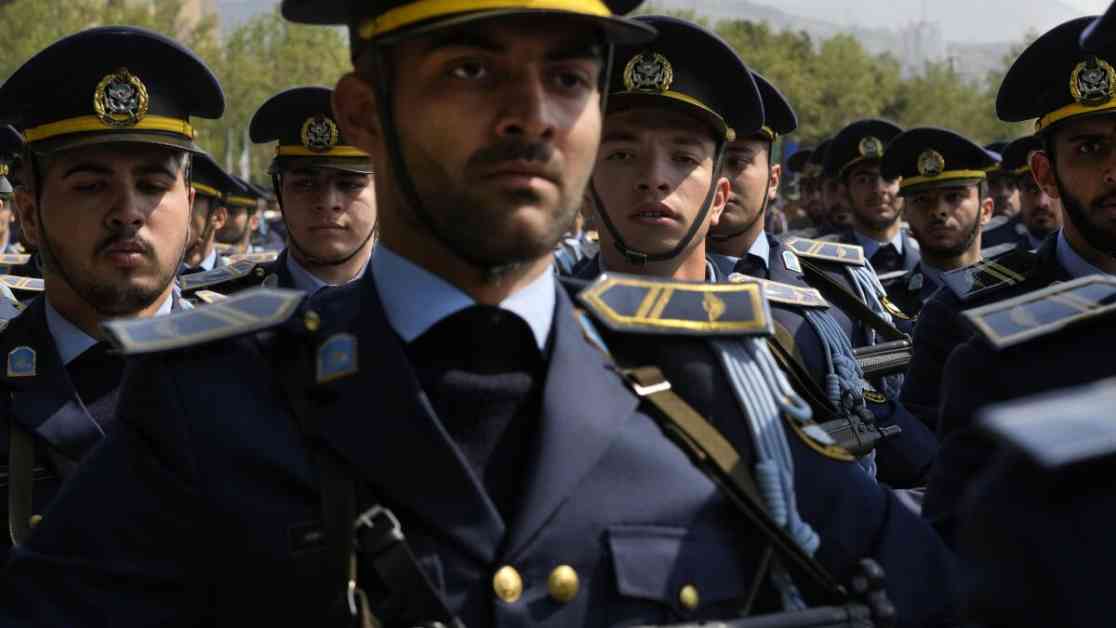Understanding the Threat of Iran’s Axis of Resistance: Implications for Israel
The recent escalation of violence between Israel and Hezbollah in Lebanon has had devastating consequences, with hundreds of people killed, thousands injured, and half a million displaced, according to Lebanese authorities. This spike in violence has raised concerns about the potential for a full-fledged regional conflict involving Iran and the United States. At the center of this escalating tension is the so-called Axis of Resistance, a coalition of governments and paramilitary groups backed by Iran that view the U.S. and Israel as common enemies.
Origin and Composition of the Axis of Resistance
The concept of the Axis of Resistance began to take shape during the Syrian civil war around 2011 when Iran, already closely aligned with Syria and Hezbollah, urged the Lebanese group to send its seasoned fighters to support Syrian President Bashar Assad’s forces. As the conflict in Syria continued, other groups supported by the Iranian Revolutionary Guard Corps joined the alliance. The name “Axis of Resistance” is a nod to former U.S. President George W. Bush’s “axis of evil” designation for Iran, Iraq, and North Korea.
The Axis of Resistance includes Iran, Hezbollah, various Iraqi and Syrian militias, the Syrian government, Yemen’s Houthi rebels, Palestinian Islamic Jihad, and Hamas. These groups have come together under the common goal of countering perceived threats from Israel and the U.S. While Iran plays a central role in organizing and supporting the alliance, each group retains a degree of autonomy.
Military Capabilities and Actions of the Axis of Resistance
Hezbollah, one of the most well-equipped paramilitary groups in the world, is estimated to have between 50,000 and 100,000 fighters and possesses a significant arsenal of rockets, missiles, tanks, and other weaponry. Recent advancements in weapons technology, such as kamikaze drones and ballistic missiles, have enhanced Hezbollah’s capabilities. Other factions within the Axis, including Iraqi and Syrian militias, Hamas, and the Houthis, have also demonstrated military prowess and the ability to launch attacks against Israeli targets.
In response to the ongoing conflict between Israel and Hamas, Hezbollah initiated rocket attacks on Israel to divert attention from Gaza and keep Israeli forces occupied along the northern border. The Houthis targeted Israeli-affiliated ships in the Red Sea, while Iraqi militias launched cruise missiles and drones towards Israeli ports. The Axis of Resistance has shown a willingness to support each other in times of conflict, with Iran providing arms and military advisors to bolster Hezbollah’s efforts.
Future Implications and Responses
As tensions escalate in Lebanon, the Axis of Resistance faces a critical juncture. While Iranian leaders have expressed support for Hezbollah and emphasized the need for continued assistance, they also advocate for a diplomatic resolution to the conflict. Iraqi and Syrian militias have intensified attacks on Israel, and the Houthis stand ready to support Hezbollah with whatever means necessary. The alliance’s response to the growing conflict will shape the course of events in the region and potentially lead to further escalation.
In conclusion, the Axis of Resistance poses a significant threat to Israel and the broader Middle East region. With its diverse composition of militant groups and state actors, the alliance presents a formidable challenge to traditional power dynamics in the region. As tensions continue to mount, the actions and responses of the Axis of Resistance will have far-reaching implications for the security and stability of the region.



























